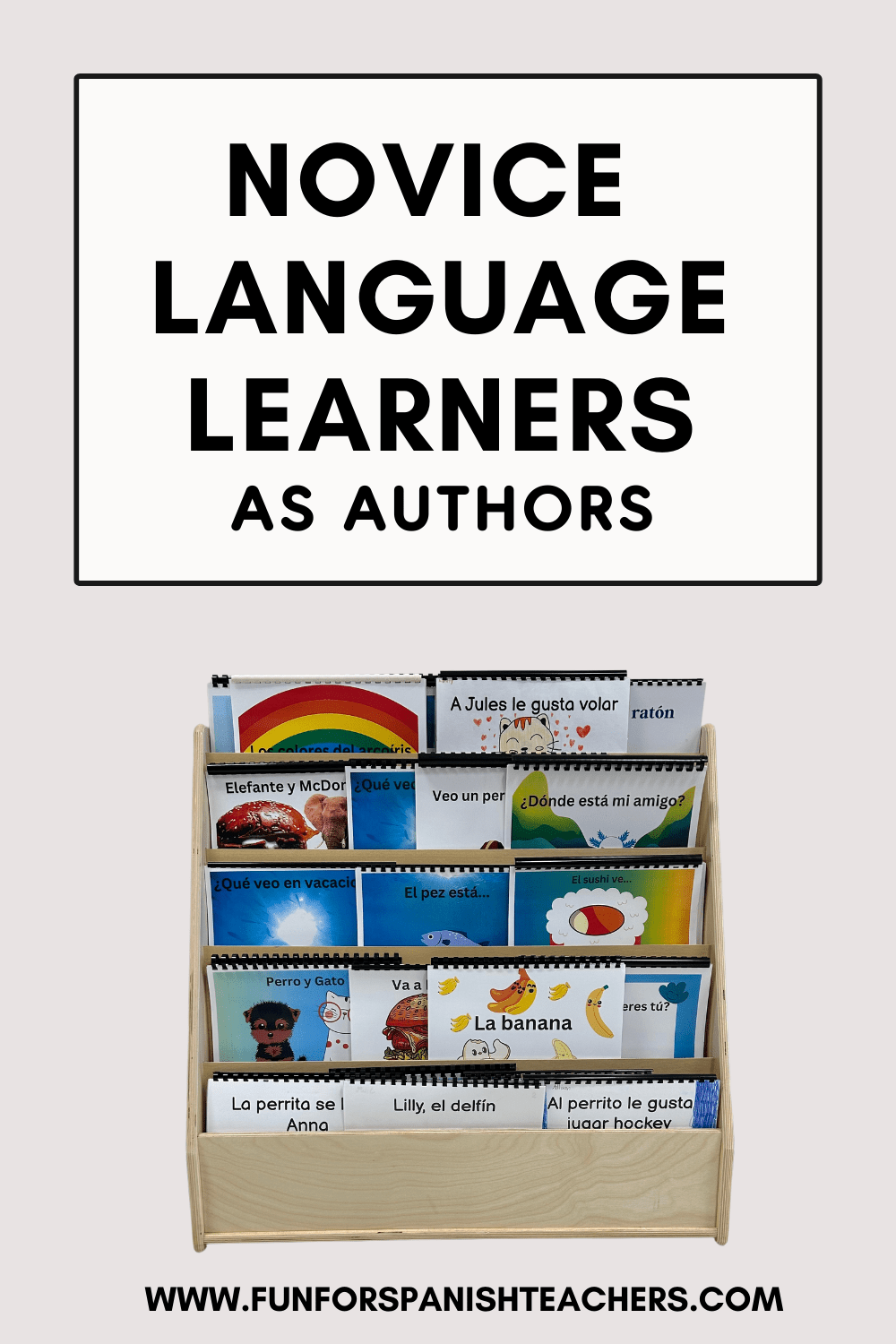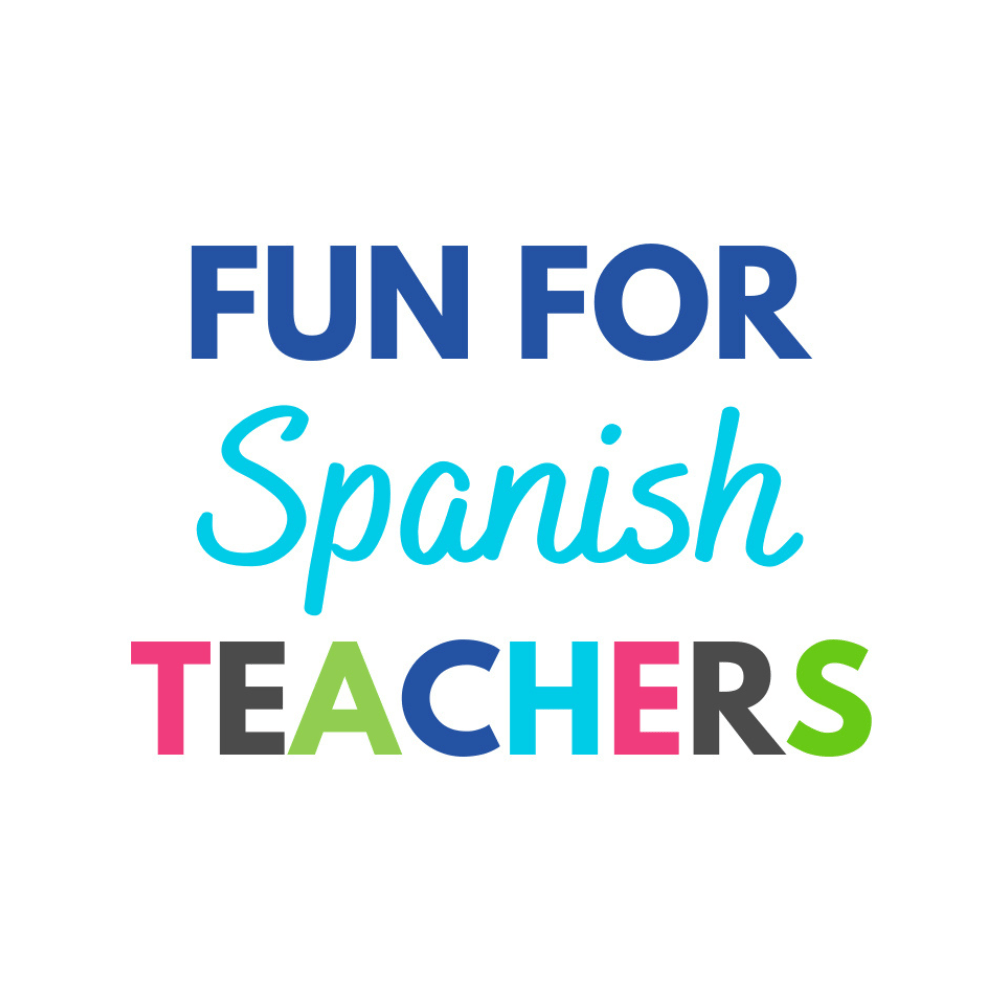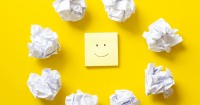This was an end-of-school-year project that spanned about 8 classes, equivalent to three weeks in our schedule. The project was conducted as part of an all-school Celebration of Learning event, intended to be shared with families. The project’s goal was to provide third-grade students with the opportunity to apply their Spanish skills as novice learners. Through this project, we used the language they had been exposed to through various sources, such as stories, songs, structured routines, and other forms of input during the school year and previous years. Additionally, the project aimed to foster a sense of community by allowing students to read their books to their pre-k buddies.
The majority of my third-grade students demonstrate language proficiency at the novice mid and some high after being in the program for almost five years. They initially had Spanish once a week in the early years, and from first through 3rd grade, it increased to twice a week.This means that most of them can comprehend and use basic phrases and sentences to communicate in the context of our classroom. They do require guidance and support, including visuals in the room, memory aids, and assistance from me.
The Process of Becoming Authors
Reviewing High-Frequency Words and Phrases
Throughout the year, we covered various high-frequency words used in different contexts, such as stories, clip chats, classroom routines, and other activities. We brainstormed some of those words, phrases, and even questions for the students to use in their stories. Additionally, I provided my students a template with suggested phrases to assist them in writing their stories.
Writing The Story
As my third graders are considered novice learners on the ACTFL proficiency scale, they required assistance with certain words. During the story-writing process, students turned to each other for clarification, referred to the list of high-frequency words, and used the provided template. However, because language acquisition is a personal journey, some students needed more support from the teacher than others.
Editing Their Stories
After the students completed their initial drafts, we moved on to editing their work. The students reviewed their work, and then I helped edit it for accuracy.
Typing and Illustrating Their Stories
Once students were ready, I instructed them to use Canva to type up their stories and encouraged them to search for appropriate illustrations to accompany their work. Some students were already familiar with Canva from previous projects with other teachers. To finish the process, the students also worked on their author bios and included pictures of themselves
Recording Their Voices
Next, students recorded their voices reading their stories on Seesaw. We were able to generate QR codes on Seesaw and used them to create a virtual library.

Reflecting on Their Work
Students reflected on their work’s process and provided suggestions to improve this project for next year’s students.
When The Books Were Published…
The books were published, and third graders read them to their PreK buddies during community time.
These books are now part of our classroom library. I read them to kindergarten students, and my second and third-grade students love them since the authors are their friends!
This is an example of one of the fun stories created by my students!
This project was a little messy and required me to be 100% present to support my students, but I still enjoyed it. Thanks to my students’ feedback, I have ideas to make it even better this year, and maybe write a post again!





